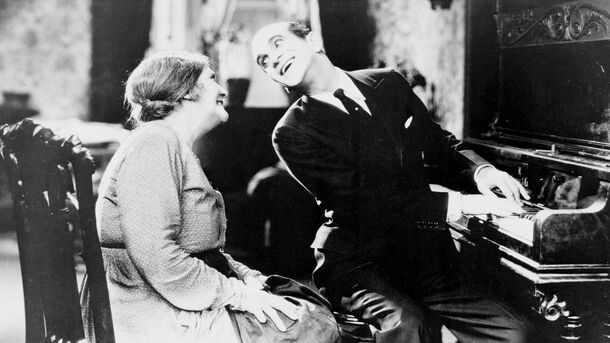The Birth of Sound Cinema: The Significance of 'The Jazz Singer' in Film History

The Jazz Singer (1927) is widely recognized as the first feature-length film to include synchronized dialogue sequences, marking a pivotal moment in cinematic history.
Directed by Alan Crosland and starring Al Jolson, this groundbreaking film revolutionized the industry by introducing sound to motion pictures, effectively ending the silent film era. The film combines musical performances, spoken dialogue, and silent scenes, showcasing the potential of synchronized sound technology.
The significance of The Jazz Singer lies in its ability to blend singing and talking scenes seamlessly with traditional silent footage. Al Jolson’s famous line, “You ain’t heard nothin’ yet,” became iconic and symbolized the dawn of a new era in filmmaking. The success of this film demonstrated that audiences were eager for movies with synchronized sound, leading to rapid technological advancements and the eventual dominance of “talkies” over silent films.
This transition profoundly impacted Hollywood, influencing everything from acting styles to production techniques. The Jazz Singer not only changed how movies were made but also how they were experienced by audiences worldwide. Its release marked the beginning of modern cinema as we know it today — an era where sound and dialogue are integral to storytelling.
